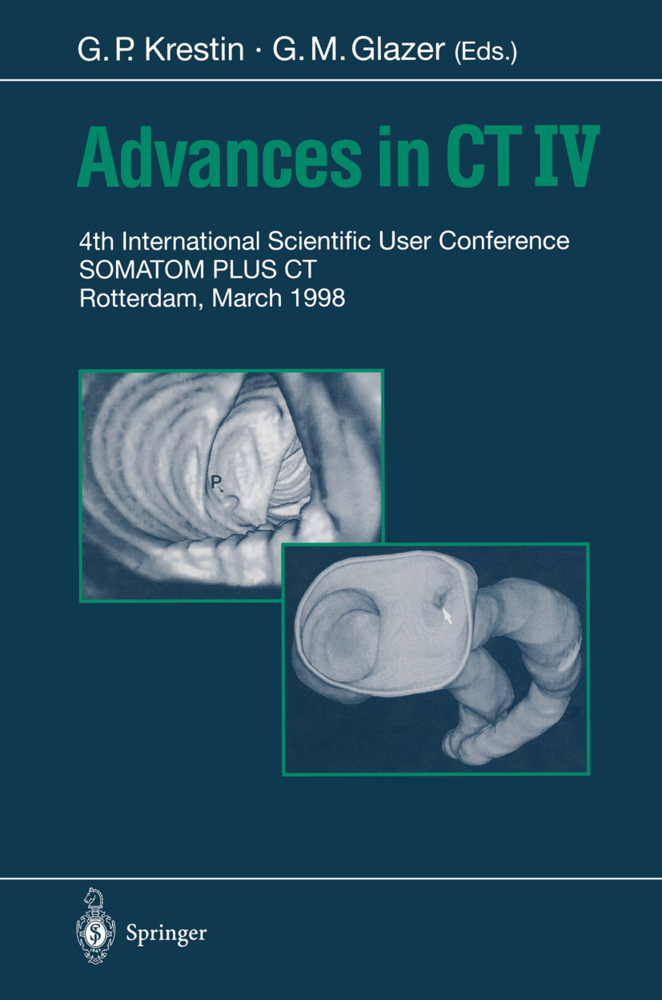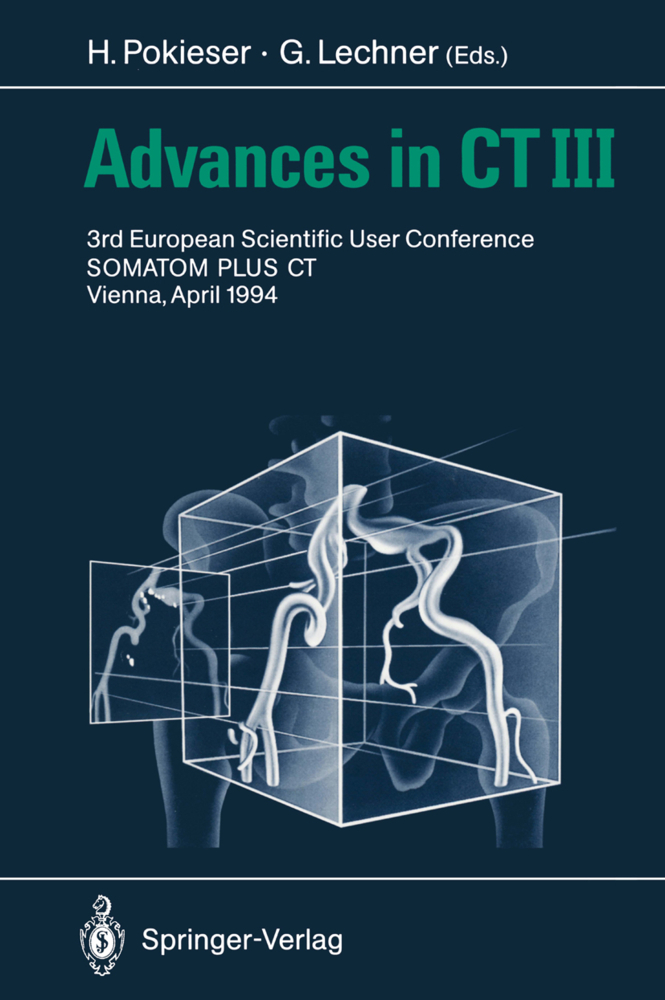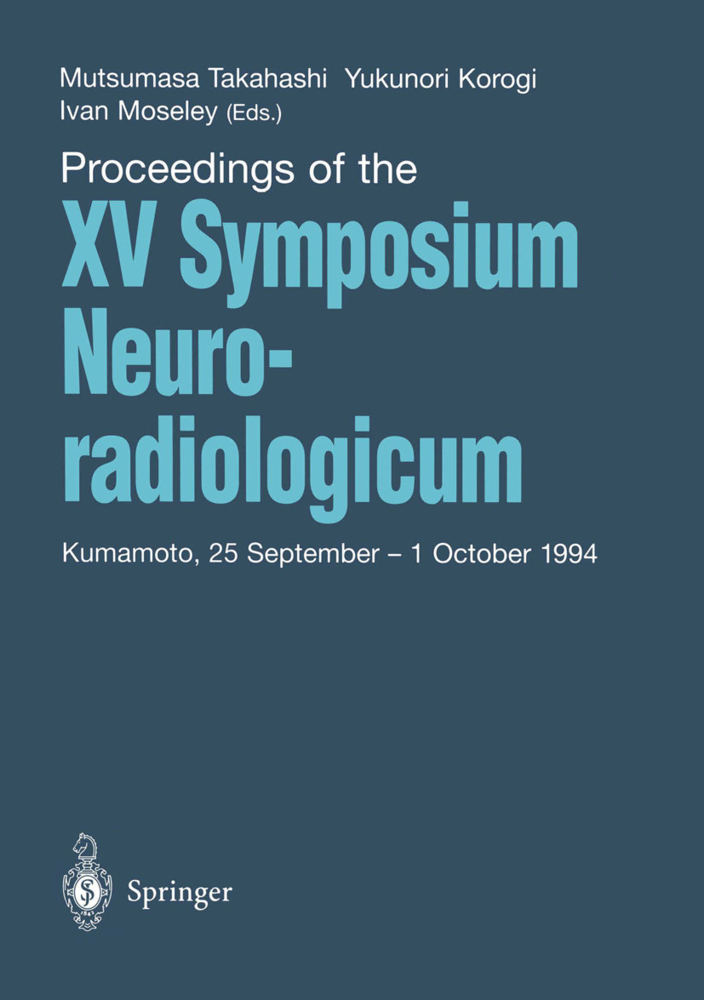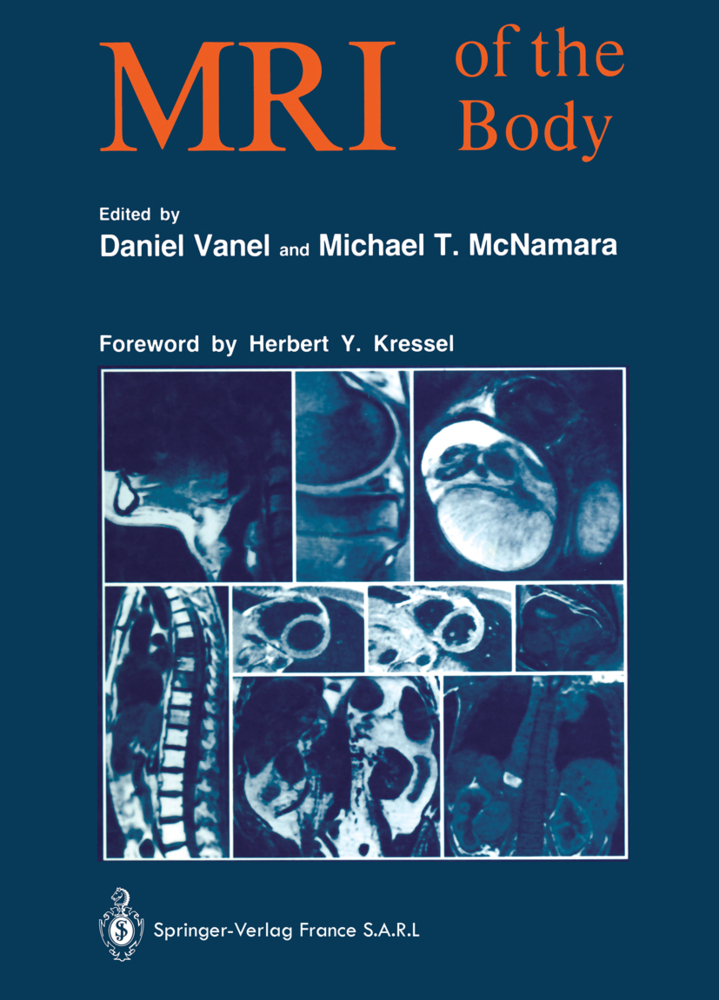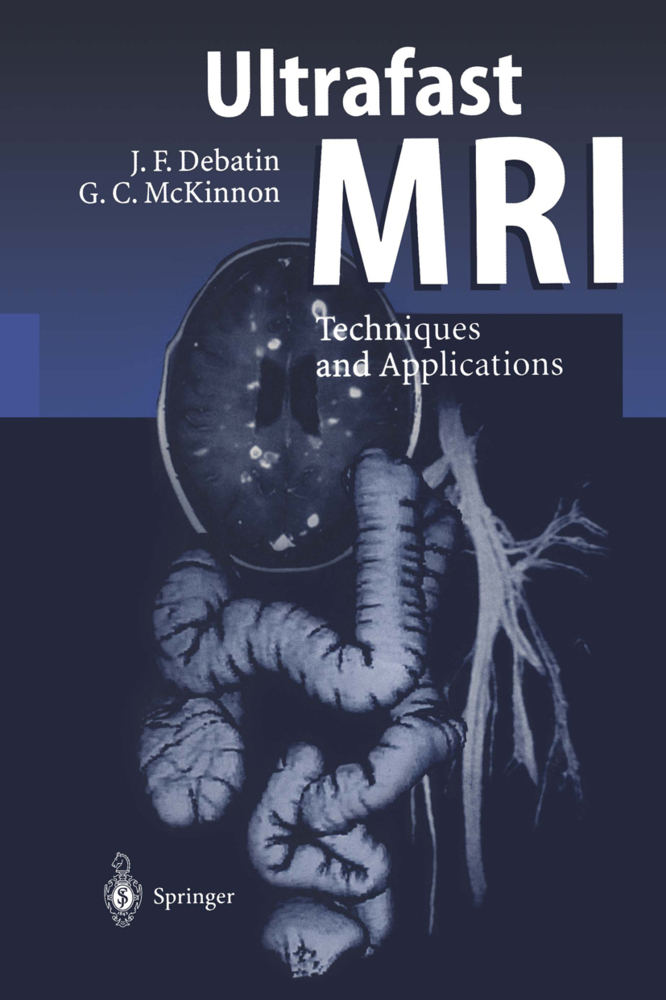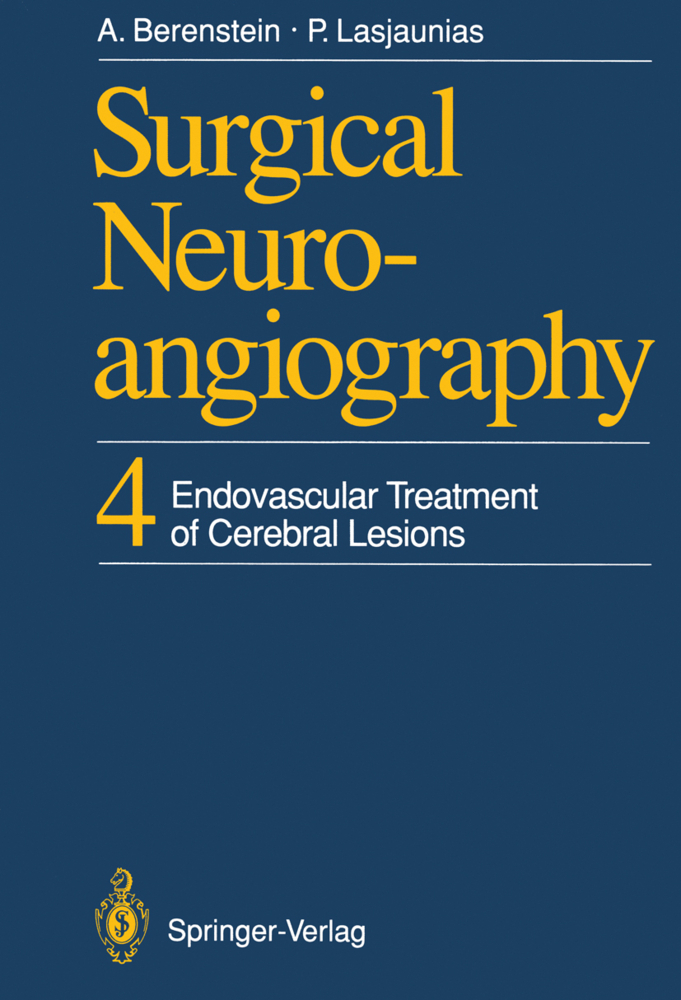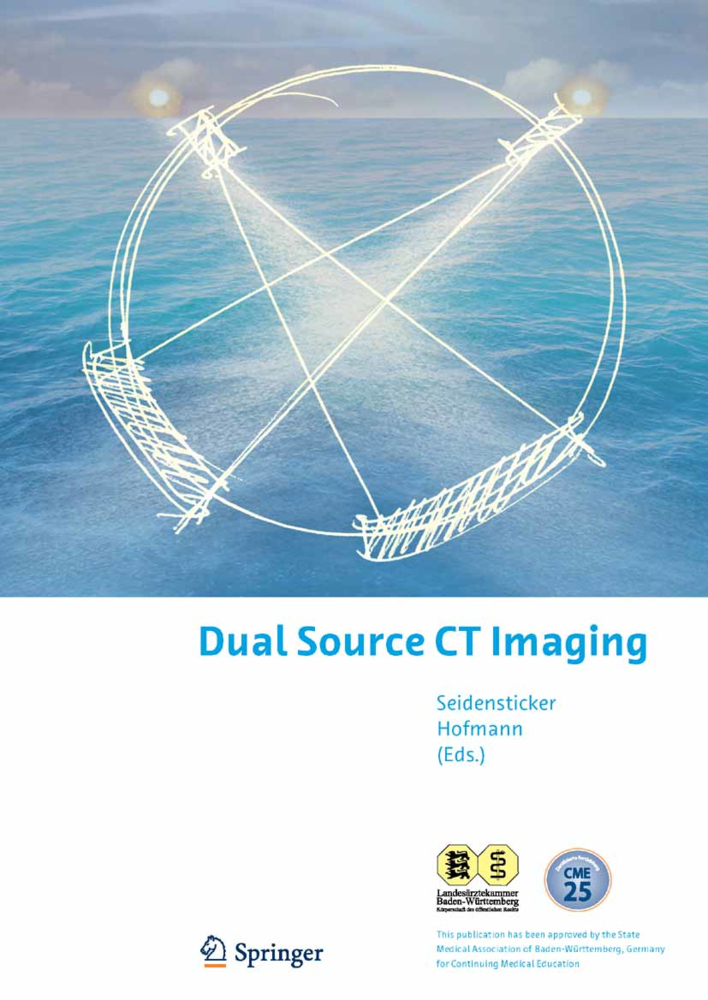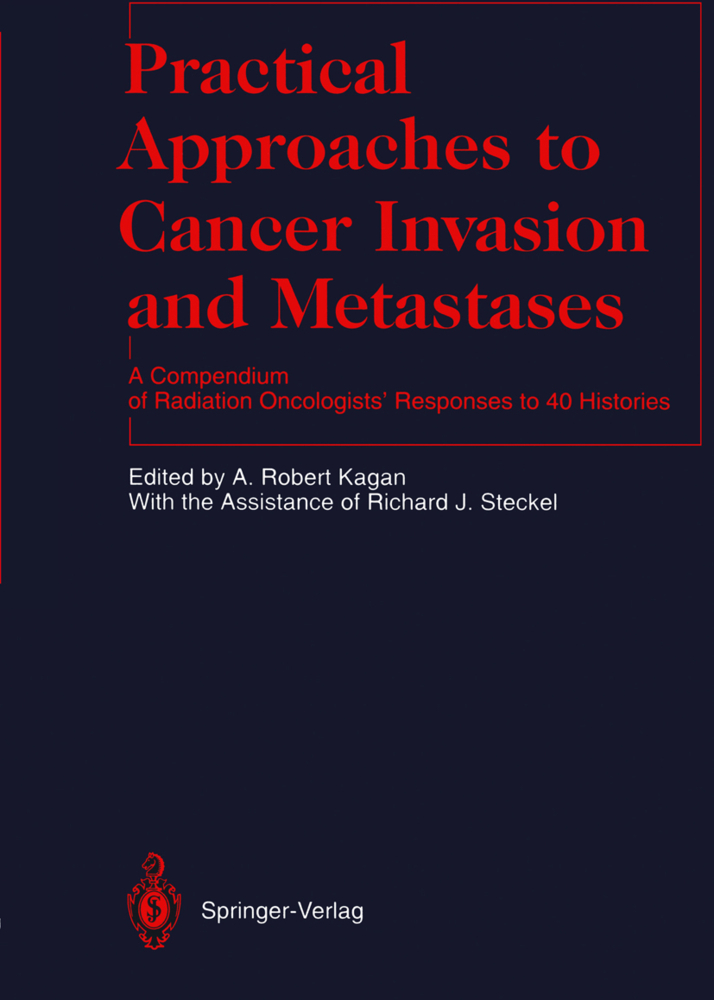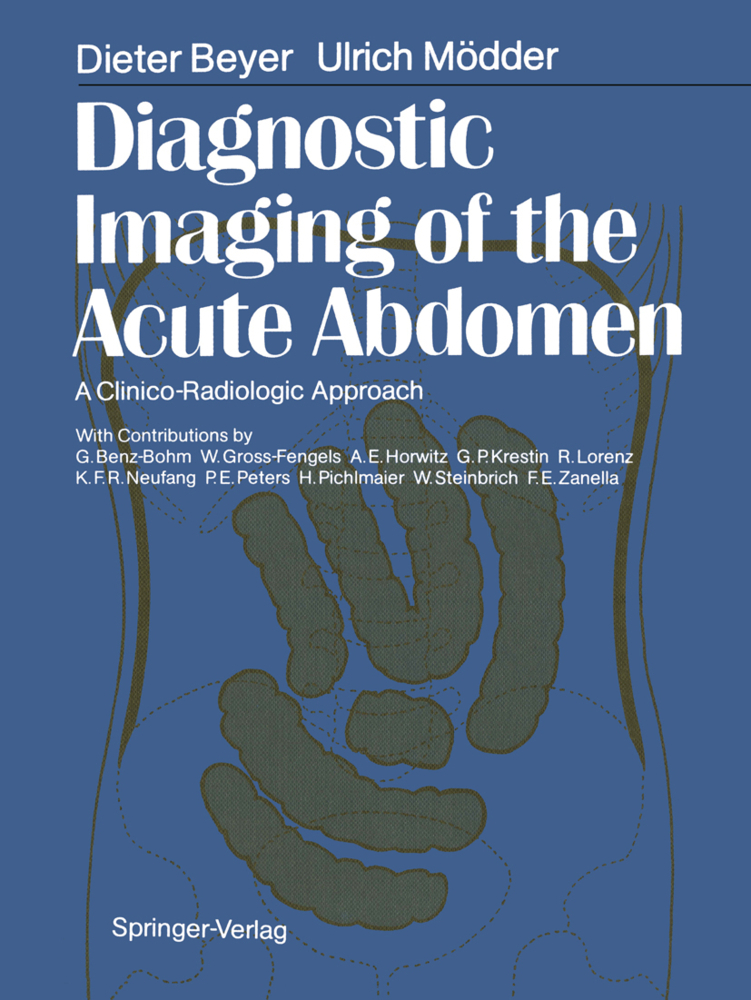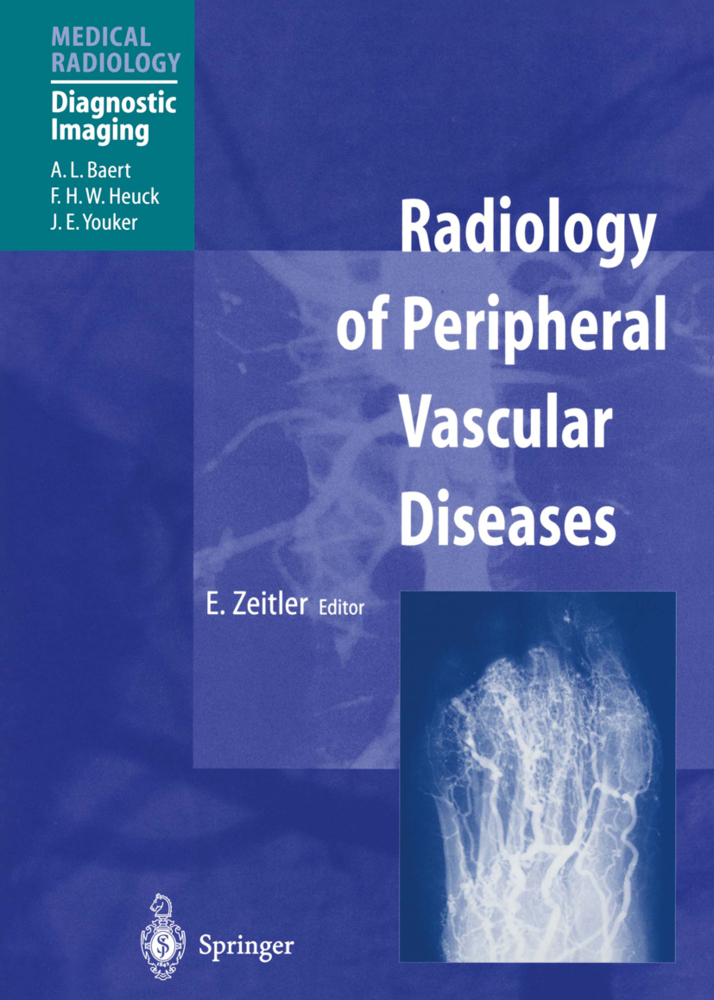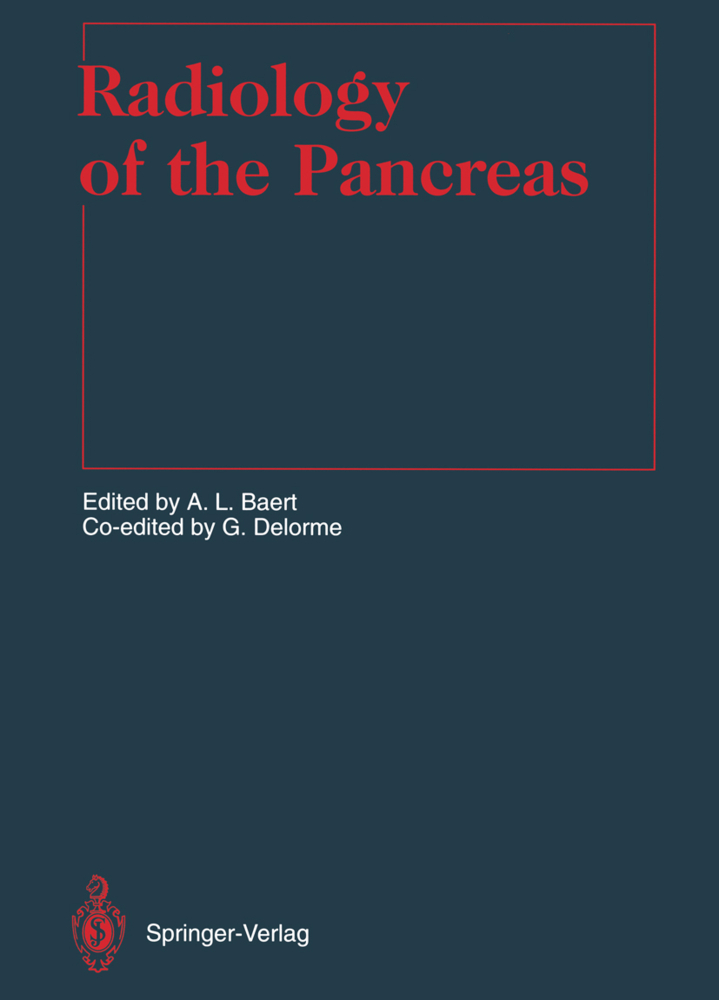Advances in CT IV
4th International Scientific User Conference SOMATOM PLUS CT Rotterdam, March 1998
Advances in CT IV
4th International Scientific User Conference SOMATOM PLUS CT Rotterdam, March 1998
We are in the midst of major advances in medical imaging, converting static pre sentation of anatomic information into near real-time interactive imaging and displays capable of depicting both structure and function. This will have pro found impact on diagnosis and image-guided therapies. These advances have been most notable in the modalities of computed tomog raphy and magnetic resonance. These technologies have become capable of ac quiring volumetric images in short periods of time. Speed gains in MRI were very significant in the early 1990s with the development of clinically usable pulse se quences for gradient-recalled and echo-planar imaging. It appears that further speed gains in MRI will be difficult to achieve. The development of spiral CT has ushered in an era in which major speed gains in CT are also possible. This has enabled creation of new types of applica tions such as CT angiography, which has already come to replace catheter angio graphy at many medical centers throughout the world. We are very pleased that the results from industrial and academic laboratories have been transferred to the bedside to improve patient care at a speed that may be faster than in any other area of medicine. Concurrent with advances in CT technology there have been dramatic strides in the performance characteristics and costs of computer hardware and software.
2 Improvement of CT Performance by UFC Detector Technology
3 Dose Reduction vs. Image Quality in Spiral CT: How Far Down Can We Go in Clinical Practice?
4 Dose Reduction in CT by Anatomically Adapted Tube Current Modulation: Principles and First Results
5 Dose Reduction in CT by Anatomically Adapted Tube Current Modulation: First Patient Studies
II Neuro, Head and Neck
6 Spiral CT and its Use in Neuroradiology: A Review of Spiral CT Techniques, Real Time Volume Rendering, and Real Time Neuro-Navigation
7 Determination of Regional Brain Perfusion by Functional CT
8 The Diagnostic Accuracy and the Role of Three-Dimensional CT Angiography for the Diagnosis of Cerebral Aneurysms
9 Spiral CT vs. Subsecond Conventional CT in Head and Neck Malignancies
10 Spiral CT in Maxillofacial Trauma
III Chest
11 Optimizing CT Angiography of the Chest
12 The Diagnostic Impact of Spiral CT for Pulmonary Embolism
13 Cost-Effectiveness Analysis of Diagnostic Management of Pulmonary Embolism
14 Helical CT in the Pediatric Chest
15 Cardiac CT with Prospective Cardiac Gating
16 Imaging of the Heart by ECG-Oriented Reconstruction from Subsecond Spiral CT Scans
17 CT-Guided Diagnostic Punctures of the Chest
IV Abdomen, Musculoskeletal
18 Three-Dimensional Imaging and Virtual Reality Applications of Spiral CT
19 Automatic Bolus Traking for Spiral CT of the Liver
20 Dual-Phase Spiral CT of Pancreatic Neoplasms
21 Contribution of Fast and Spiral CT to Diagnostic Punctures of Abdominal Lesions
22 Spiral CT of the Musculoskeletal System
V Technical Developments, Postprocessing
23 Spiral CT: How New Technology Has Improved Scanner Utilization and Productivity
24 Volumetric Analysis of Spiral CT Data
25 Impact of Real-Time Three-Dimensional Rendering of CT Data on Diagnostic Performance
26 Interactive Three-Dimensional Volume Rendering-Vascular Applications
27 Guidance of Nonvascular Interventional Procedures with Real-Time CT-Fluoroscopy: Early Clinical Experience with C.A.R.E. Vision CT.
I Dose Reduction
1 Relationships Between Time, Dose, and Quality in Helical CT2 Improvement of CT Performance by UFC Detector Technology
3 Dose Reduction vs. Image Quality in Spiral CT: How Far Down Can We Go in Clinical Practice?
4 Dose Reduction in CT by Anatomically Adapted Tube Current Modulation: Principles and First Results
5 Dose Reduction in CT by Anatomically Adapted Tube Current Modulation: First Patient Studies
II Neuro, Head and Neck
6 Spiral CT and its Use in Neuroradiology: A Review of Spiral CT Techniques, Real Time Volume Rendering, and Real Time Neuro-Navigation
7 Determination of Regional Brain Perfusion by Functional CT
8 The Diagnostic Accuracy and the Role of Three-Dimensional CT Angiography for the Diagnosis of Cerebral Aneurysms
9 Spiral CT vs. Subsecond Conventional CT in Head and Neck Malignancies
10 Spiral CT in Maxillofacial Trauma
III Chest
11 Optimizing CT Angiography of the Chest
12 The Diagnostic Impact of Spiral CT for Pulmonary Embolism
13 Cost-Effectiveness Analysis of Diagnostic Management of Pulmonary Embolism
14 Helical CT in the Pediatric Chest
15 Cardiac CT with Prospective Cardiac Gating
16 Imaging of the Heart by ECG-Oriented Reconstruction from Subsecond Spiral CT Scans
17 CT-Guided Diagnostic Punctures of the Chest
IV Abdomen, Musculoskeletal
18 Three-Dimensional Imaging and Virtual Reality Applications of Spiral CT
19 Automatic Bolus Traking for Spiral CT of the Liver
20 Dual-Phase Spiral CT of Pancreatic Neoplasms
21 Contribution of Fast and Spiral CT to Diagnostic Punctures of Abdominal Lesions
22 Spiral CT of the Musculoskeletal System
V Technical Developments, Postprocessing
23 Spiral CT: How New Technology Has Improved Scanner Utilization and Productivity
24 Volumetric Analysis of Spiral CT Data
25 Impact of Real-Time Three-Dimensional Rendering of CT Data on Diagnostic Performance
26 Interactive Three-Dimensional Volume Rendering-Vascular Applications
27 Guidance of Nonvascular Interventional Procedures with Real-Time CT-Fluoroscopy: Early Clinical Experience with C.A.R.E. Vision CT.
Krestin, Gabriel P.
Glazer, Gary M.
| ISBN | 9783642721977 |
|---|---|
| Artikelnummer | 9783642721977 |
| Medientyp | Buch |
| Auflage | Softcover reprint of the original 1st ed. 1998 |
| Copyrightjahr | 2012 |
| Verlag | Springer, Berlin |
| Umfang | 242 Seiten |
| Abbildungen | XV, 242 p. |
| Sprache | Englisch |

